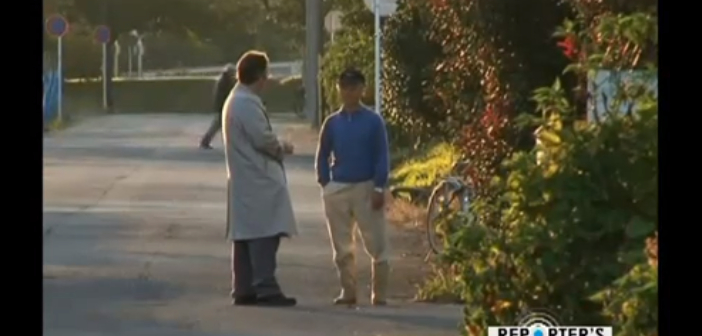Japan has 995 schools for handicapped, 14, 174 for kindergartens, 525 for junior colleges, 702 universities, 5,450 for senior high schools, and 23, 633 for elementary schools as of 2003. The rate of the school attendance for the 9 years of required education is about 99.98 percent.
Approximately 20.7 million learners as of 2003 were enrolled in learning organization from the kindergarten up to university level.
Student Population Stats
The population of student enrolled might be break down into:
1,760,442 in kindergarten.
7,226,911 enrolled in elementary level.
3,748,319 enrolled in high school level.
3,809,801 enrolled in senior level.
250,065 enrolled in junior colleges normally two years.
2,803,901 enrolled in technical colleges.
786,135 in special learning schools.
189,570 in other kinds of schools.
Japanese kids enter in primary education from age six. The size of class in inhabited institutions is between 35 to 40 learners, though the standard average had lessened to 28.4 students for every classroom in year 1995. 70 percent of educators educate all subjects as expert teachers are seldom in elementary level. 23.6 percent of the elementary level students enrolled juku.
Suburban school incline to be huge with pupil population that range from 700 to more than 1000 students, while schools in remote area can be one class schools.
From age twelve kids will continue to middle school. Currently approximately 5.7 percent of pupils attend private institutions. The major reasons why many parents select such school is because of the main concern on academic or they want to take their kids out of the rat race because such organization allow their pupils direct admittance into the affiliated schools.
On the survey conducted last 2005, questionnaire sent to school of sixth grade parent in two Tokyo wards revealed:
Parents who select an exclusive school for their kids inclined to parents with economic and time influence base their option and place main concern on academic. The most popular basis of sending their kids to an exclusive school was that they would liked their kids to obtain a higher stage of academic achievement.
Those who choose public school make their option on the grounds of incidence, location, personal guidance and bullying. Amongst parents who chosen a public organization outside the district, 45 percent stated that a specifically essential factors was bit occurrence of truancy and bullying, showing that burring is a crucial consideration.
90.8 percent of the guardians send their kids to cram school and those who enrolled in this school accounted for 66. 2 %. 98 percent of fifteen year old graduates from middle schools proceed to high schools or exclusive schools. High diploma is important for the most fundamental career in Japan. In 2002, the number of students who proceed to senior schools was 97.0 percent.
¼ of pupils attend exclusive schools, a fraction of number of that are elite or best academic high schools. More than 97 percent of student in high schools go to day high school, approximately ¾ are go to academic programs. Other learners enrolled at any 93 corresponding schools.
There are about 710 universities not including junior schools. And almost ¾ of students in university are going to private universities. The percentage of learners who enrolled to colleges and universities was 44.8 percent.




